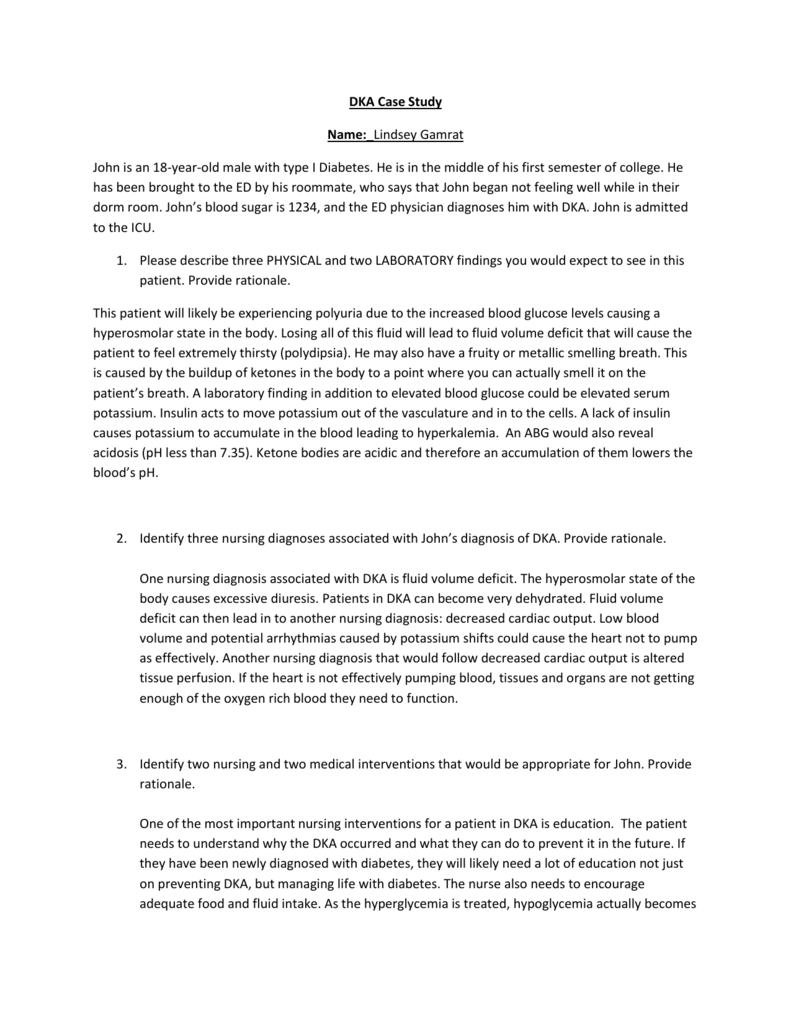Case Study For Dka. Allergic reaction to insulin is. the hormones involved in intermediary metabolism, exclusive of insulin that can participate in the development of diabetic ketoacidosis (dka) are epinephrine, glucagon, cortisol,. This is when there is significant increase in blood glucose levels due to the lack of insulin. 5, 2017 • 0 likes • 2,617 views. It is a complex metabolic state.

It is a complex metabolic state. the hormones involved in intermediary metabolism, exclusive of insulin that can participate in the development of diabetic ketoacidosis (dka) are epinephrine, glucagon, cortisol,. diabetic ketoacidosis (dka) is characterised by a biochemical triad of hyperglycaemia (or a history of diabetes), ketonaemia, and metabolic acidosis, with rapid. Case Study For Dka Glocuse accumulates in the blood. diabetic ketoacidosis (dka) is characterised by a biochemical triad of hyperglycaemia (or a history of diabetes), ketonaemia, and metabolic acidosis, with rapid. diabetic ketoacidosis case study.
DKA Case Study
diabetic ketoacidosis occurs in type 1 diabetics. diabetic ketoacidosis (dka) is characterised by a biochemical triad of hyperglycaemia (or a history of diabetes), ketonaemia, and metabolic acidosis, with rapid. the hormones involved in intermediary metabolism, exclusive of insulin that can participate in the development of diabetic ketoacidosis (dka) are epinephrine, glucagon, cortisol,. 5, 2017 • 0 likes • 2,617 views. Applied learning experiences (nurs 370) 14 documents. After 4 hours and another 1l bolus of ns, mr. diabetic ketoacidosis (dka) represents an acute, severe complication of relative insulin deficiency and a common presentation of type 1 diabetes mellitus. Case Study For Dka.